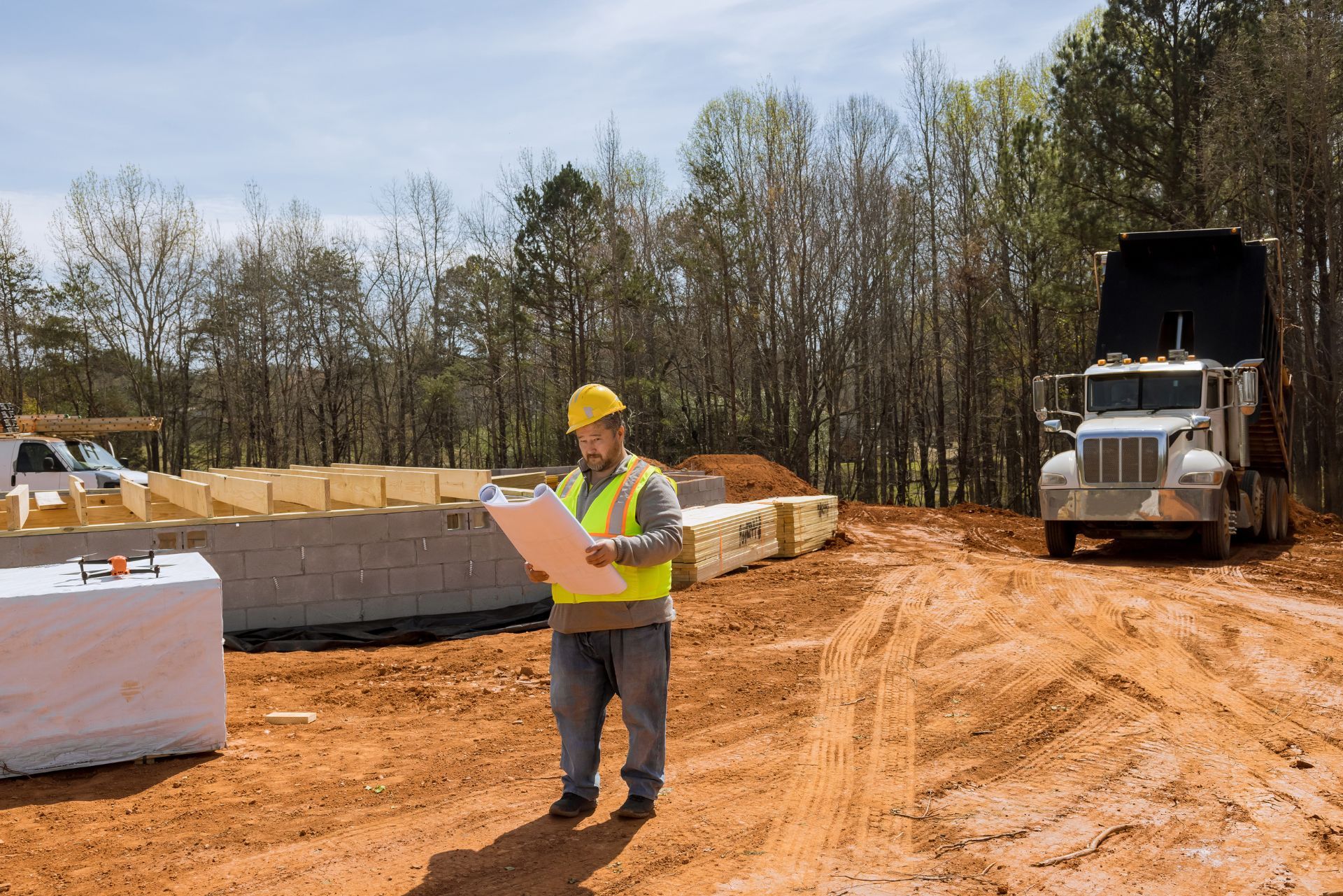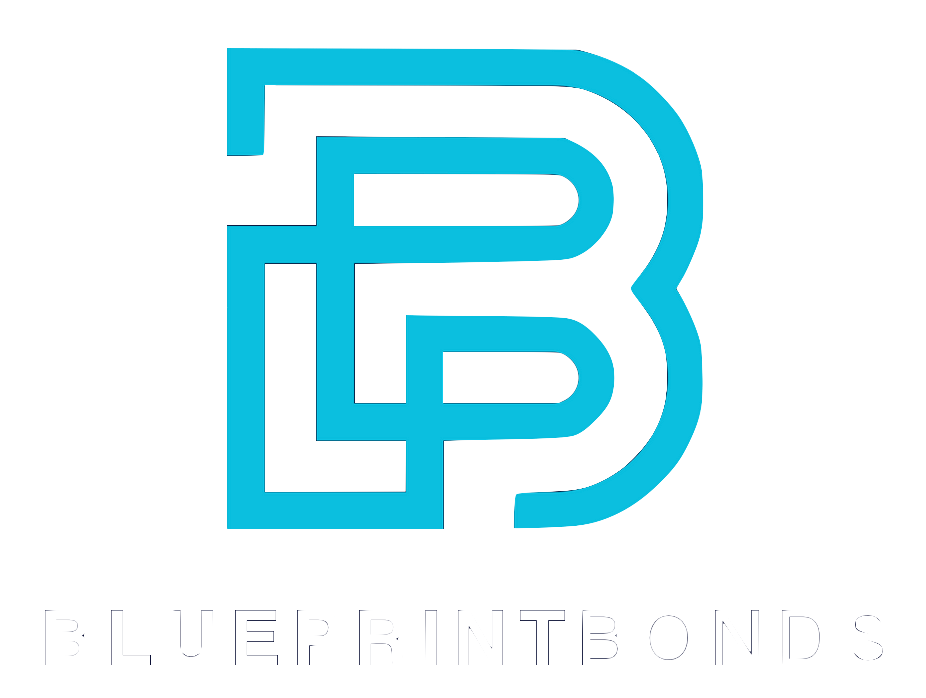In the realm of real estate development, particularly in Texas, understanding the intricacies of subdivision bonds is crucial for developers, investors, and homeowners alike. These bonds serve as a financial guarantee that ensures the completion of public improvements within a subdivision. This article delves into the essential aspects of Texas subdivision bonds, covering their purpose, requirements, and the overall impact on the development process.
What is a Texas Subdivision Bond?
A Texas subdivision bond is a type of surety bond that developers must obtain to ensure that they will complete the necessary public improvements in a subdivision. These improvements can include roads, drainage systems, parks, and other essential infrastructure that benefit the community. The bond acts as a safety net for the local government and residents, providing assurance that the developer will fulfill their obligations.
Purpose of the Bond
The primary purpose of a subdivision bond is to protect the interests of the public and local government. By requiring developers to secure a bond, municipalities can ensure that funds are available to complete the necessary improvements if the developer fails to do so. This mechanism helps maintain the quality of life in the community and prevents financial burdens from falling on taxpayers. Additionally, the bond serves as a deterrent against negligence, encouraging developers to adhere to timelines and quality standards, thereby promoting responsible development practices.
Types of Improvements Covered
Subdivision bonds typically cover a range of public improvements. These can include:
- Road construction and paving
- Installation of sidewalks and curbs
- Stormwater drainage systems
- Utility installations (water, sewer, electricity)
- Landscaping and park development
By ensuring these improvements are completed, the bond helps foster a well-planned and functional community. Furthermore, the completion of these projects not only enhances the aesthetic appeal of the neighborhood but also increases property values, making the area more attractive to potential buyers. Well-maintained infrastructure contributes to safer and more accessible environments, encouraging community engagement and outdoor activities. The presence of parks and recreational areas, for example, can lead to healthier lifestyles and stronger social ties among residents, creating a vibrant community atmosphere.

Who Needs a Subdivision Bond?
In Texas, subdivision bonds are generally required for developers who are planning to create new subdivisions or make significant modifications to existing ones. Local governments, including cities and counties, typically enforce this requirement to ensure that developers adhere to the standards and regulations set forth in their development agreements.
Developers and Builders
Developers and builders are the primary parties required to obtain subdivision bonds. They must demonstrate their financial capability to complete the public improvements outlined in their development plans. This requirement helps to ensure that developers are committed to the successful completion of their projects. By securing a subdivision bond, developers not only protect their interests but also provide assurance to potential homeowners that the infrastructure—such as roads, drainage systems, and utilities—will be properly installed and maintained. This can significantly enhance the marketability of the new homes, as buyers often seek properties in well-planned communities with reliable amenities.
Local Governments
Local governments play a critical role in the subdivision bonding process. They establish the regulations and requirements for bonds, including the amount and type of improvements that must be covered. Additionally, they are responsible for monitoring the progress of the development and ensuring compliance with the bond terms. This oversight is essential for maintaining community standards and protecting public interests. Local officials often conduct regular inspections to verify that the construction meets the specified guidelines, which can include everything from environmental considerations to aesthetic standards. In this way, subdivision bonds serve as a vital tool for local governments to ensure that new developments contribute positively to the community's infrastructure and overall quality of life.
Homeowners and Residents
Homeowners and residents within a subdivision also benefit from the existence of subdivision bonds. These bonds act as a safety net, ensuring that the promised public improvements are completed even if a developer faces financial difficulties or abandons the project. This assurance helps to maintain property values and community integrity, as residents can trust that the necessary infrastructure will be in place to support their living environment. Furthermore, the presence of a subdivision bond can foster a sense of accountability among developers, encouraging them to uphold their commitments to the community and invest in sustainable practices that enhance the neighborhood's appeal.
How to Obtain a Texas Subdivision Bond
Obtaining a subdivision bond in Texas involves several steps, from assessing the required bond amount to working with a surety company. The process can be straightforward if developers follow the necessary guidelines.
Assessing Bond Amount
The first step in obtaining a subdivision bond is determining the appropriate bond amount. This amount is usually based on the estimated cost of the public improvements that the developer is responsible for completing. Local governments often provide guidelines or formulas to help developers calculate this figure accurately. It is crucial for developers to consider not only the immediate costs of construction but also any potential contingencies that may arise during the project. This foresight can help avoid underestimating the bond amount, which could lead to complications down the line.
Choosing a Surety Company
Once the bond amount is established, developers must select a reputable surety company. It is essential to choose a company that specializes in subdivision bonds and has a solid track record in the industry. Developers should gather quotes from multiple surety companies to compare rates and terms before making a decision. Additionally, it may be beneficial to seek recommendations from other developers or industry professionals who have previously navigated the bonding process. This firsthand insight can provide valuable information about the reliability and responsiveness of different surety companies, ensuring that developers make an informed choice.
Submitting the Application
After selecting a surety company, developers must complete the application process. This typically involves providing detailed information about the project, including plans, timelines, and financial statements. The surety company will evaluate the application and may require additional documentation before issuing the bond. Developers should be prepared to demonstrate their financial stability and project management experience, as these factors can significantly influence the surety company's decision. Furthermore, maintaining open communication with the surety company throughout this process can help clarify any requirements and expedite the approval timeline.
Understanding the Bond's Role
It's also important for developers to understand the role of the subdivision bond within the larger context of their project. The bond serves as a form of protection for the local government, ensuring that public improvements are completed as promised. If a developer fails to fulfill their obligations, the bond can be claimed to cover the costs of completing the necessary work. This aspect not only safeguards public interests but also reinforces the developer's commitment to quality and accountability. By recognizing the significance of the bond, developers can approach the process with a greater sense of responsibility and professionalism.
Post-Bond Issuance Considerations
Once the bond is issued, developers should remain vigilant about their obligations under the bond agreement. This includes adhering to project timelines and maintaining the quality of work to meet local standards. Additionally, developers should keep thorough records of all project-related activities, as these can be invaluable in case of disputes or claims against the bond. Engaging with local authorities and community stakeholders during the project can also foster goodwill and support, further ensuring the successful completion of the subdivision and compliance with all bonding requirements.
Cost of a Subdivision Bond
The cost of a subdivision bond can vary significantly based on several factors, including the bond amount, the developer's creditworthiness, and the specific requirements of the local government. Understanding these factors can help developers budget appropriately for their projects.
Factors Influencing Cost
Several key factors influence the cost of a subdivision bond:
- Bond Amount: Higher bond amounts typically result in higher premiums.
- Creditworthiness: Developers with strong credit histories may qualify for lower premiums.
- Project Complexity: More complex projects may lead to higher bonding costs due to increased risk.
Developers should consider these factors when budgeting for their projects to avoid unexpected expenses. Additionally, the location of the project can also play a crucial role in determining the bond cost. Areas with stricter regulations or higher demand for development may impose higher bonding requirements, which can further influence the overall cost. Furthermore, the type of subdivision—whether residential, commercial, or mixed-use—can also affect the bonding process, as different types may have unique requirements and risks associated with them.
Typical Premium Rates
Premium rates for subdivision bonds usually range from 1% to 3% of the total bond amount. For example, if a developer secures a bond for $500,000, the premium could range from $5,000 to $15,000. It is advisable for developers to shop around for the best rates while ensuring they are working with a reputable surety company. In addition to premium rates, developers should also be aware of any additional fees that may be associated with the bonding process. These could include administrative fees, underwriting fees, or even costs related to the evaluation of the project’s risk profile. Understanding the full scope of potential costs can provide a clearer financial picture and assist developers in making informed decisions about their projects.

Benefits of Obtaining a Subdivision Bond
Securing a subdivision bond offers numerous benefits to developers, local governments, and the community as a whole. These advantages extend beyond mere compliance with regulations.
Protection for Local Governments
One of the primary benefits of subdivision bonds is the protection they provide to local governments. By requiring developers to obtain bonds, municipalities can ensure that public improvements are completed as promised. This reduces the risk of financial loss and helps maintain the integrity of community infrastructure. In the event that a developer fails to fulfill their obligations, the bond can be drawn upon to cover the costs of completing the necessary improvements, such as roads, utilities, and landscaping. This safety net not only safeguards taxpayer money but also ensures that projects do not stall, allowing communities to grow and thrive as intended.
Enhancing Developer Credibility
Obtaining a subdivision bond can enhance a developer's credibility in the eyes of local governments and potential investors. It demonstrates a commitment to completing projects responsibly and adhering to community standards. This credibility can be a valuable asset when seeking future development opportunities. Furthermore, a strong track record of bonding can lead to more favorable terms with financial institutions, as lenders often view bonded developers as lower-risk borrowers. This can translate into better financing options and increased investment in future projects, ultimately fostering a healthier development ecosystem.
Community Confidence and Aesthetic Improvement
Subdivision bonds also play a crucial role in fostering community confidence. When residents know that a developer is financially backed by a bond, they are more likely to support new projects, believing that their community's aesthetic and functional needs will be met. This assurance can lead to increased property values and a more vibrant neighborhood atmosphere. Additionally, well-planned developments that adhere to community standards contribute to the overall aesthetic appeal of an area, making it more attractive to potential homebuyers and businesses alike. As a result, the presence of subdivision bonds can catalyze a positive cycle of growth and improvement within the community.
Encouraging Sustainable Development Practices
Another significant benefit of subdivision bonds is their potential to encourage sustainable development practices. Many municipalities are increasingly focused on environmental stewardship and sustainable growth. By tying bond requirements to specific environmental standards, local governments can incentivize developers to adopt green building practices, utilize eco-friendly materials, and incorporate green spaces into their projects. This not only helps protect the environment but also promotes a healthier lifestyle for residents. As communities become more environmentally conscious, the role of subdivision bonds in facilitating sustainable development becomes ever more critical, ensuring that growth aligns with the values and aspirations of the community.
Challenges and Considerations
While subdivision bonds are essential for protecting public interests, there are challenges and considerations that developers should keep in mind. Understanding these challenges can help developers navigate the bonding process more effectively.
Compliance with Regulations
Developers must ensure compliance with various regulations and requirements when obtaining a subdivision bond. Local governments may have specific guidelines regarding the types of improvements covered, timelines for completion, and reporting requirements. Failure to comply with these regulations can result in penalties or delays in project approval. Furthermore, the regulatory landscape can vary significantly from one jurisdiction to another, necessitating thorough research and possibly consultation with legal experts to ensure all local ordinances are met. This complexity can be daunting, especially for new developers who may not be familiar with the specific requirements of the area in which they are working.
Financial Implications
The financial implications of obtaining a subdivision bond can be significant. Developers must budget for the bond premium, as well as any potential costs associated with completing the public improvements. Additionally, if a developer defaults on the bond, they may face legal and financial repercussions, including the loss of the bond amount and potential lawsuits. It is also important for developers to consider the impact of these costs on their overall project financing. The bond premium can vary based on the project's size, scope, and the developer's creditworthiness, which means that a thorough financial analysis is crucial. Moreover, developers should be aware that securing a subdivision bond may also affect their ability to obtain additional financing, as lenders often scrutinize the financial health of a project before approving loans.
Conclusion
In summary, Texas subdivision bonds play a vital role in the real estate development process. They provide essential protection for local governments and the community while enhancing the credibility of developers. Understanding the requirements, costs, and benefits associated with subdivision bonds is crucial for anyone involved in the development process.
As the real estate landscape continues to evolve, staying informed about subdivision bonds and related regulations will empower developers to navigate challenges effectively and contribute positively to their communities. Whether you are a developer, investor, or homeowner, having a comprehensive understanding of subdivision bonds is an invaluable asset in the Texas real estate market.
Article By: Ryan Spalding
Licensed Insurance Agent & Bond Specialist
Contact Us

